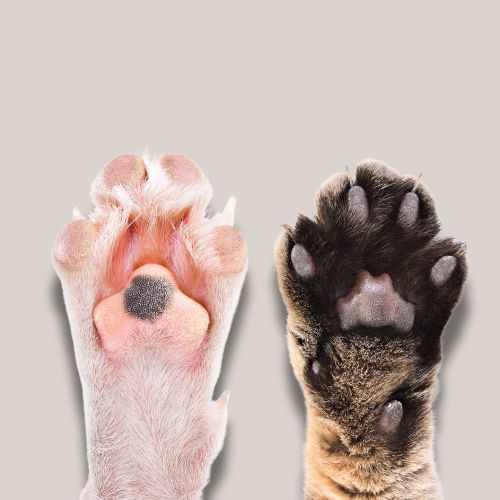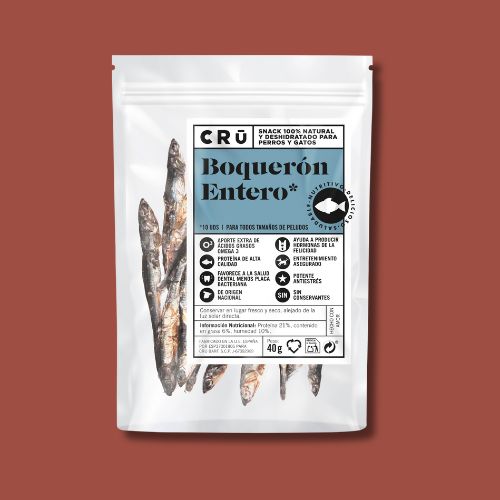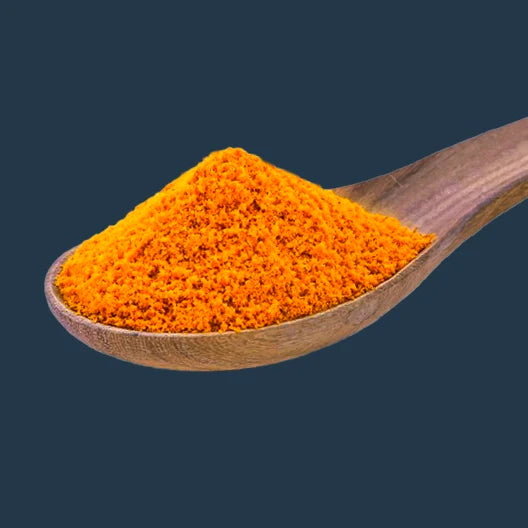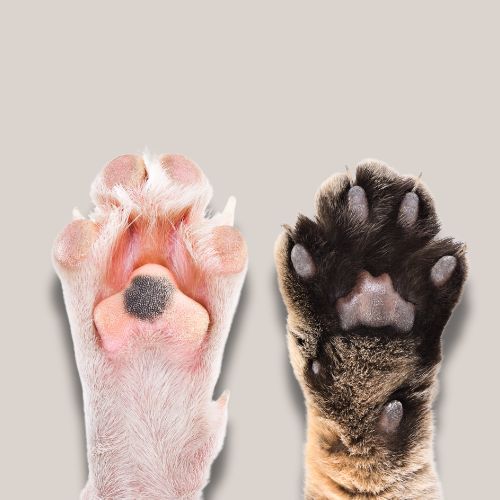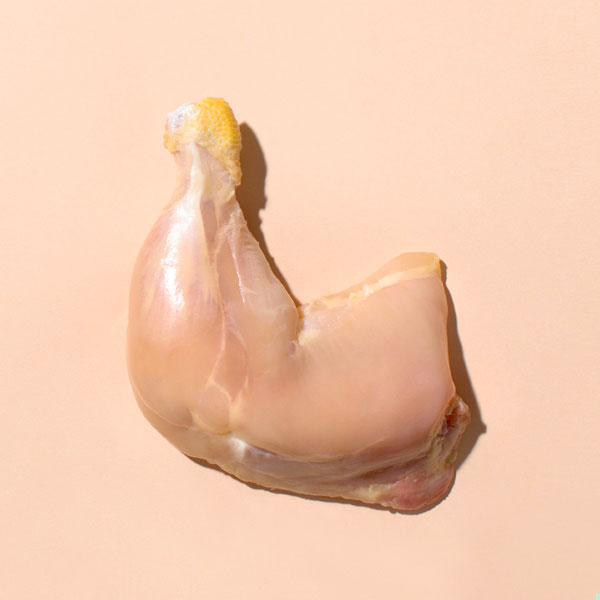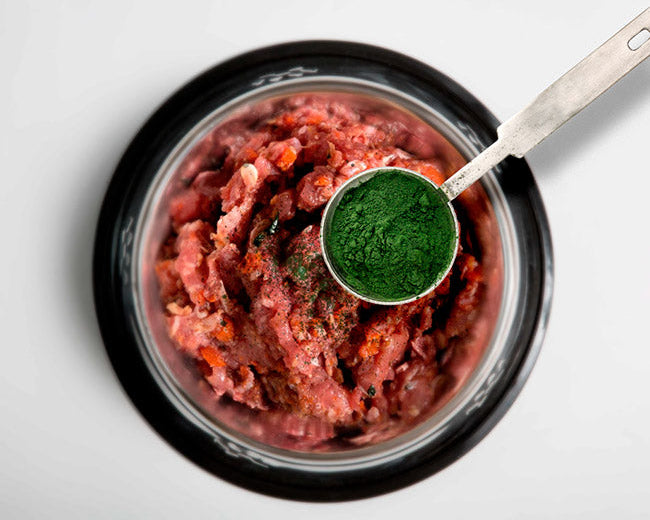By now, you'll know the importance of bones in a raw or BARF diet . They're the greatest source of calcium and act as a natural toothpaste. First, NEVER GIVE COOKED BONES! When cooked, they lose their natural elasticity and can splinter, which is dangerous for your furry friend. When we use raw bones, we don't have this problem, and in the BARF diet, we use two types of bones:
1. Meaty bones
Meaty bones are those surrounded by meat, 50/50 meat and bone, and are the foundation of the animal's diet. They provide high nutritional value and are generally those that don't support the animal's weight. We mainly use them from poultry or rabbits, but there are others. Believe it or not, they are soft and flexible, and a carnivore can easily crush them with their teeth; you couldn't. Chicken necks, carcasses, wings, or thighs; rabbit, quail, turkey wings, lamb skirt, or veal neck... For kittens, the smallest ones above, chicken wings and necks, are ideal.

2. Recreational bones
As the name suggests, these are meant to entertain and amuse our furry friends while they massage their gums and remove tartar. They should be larger than their head, since they don't need to crush or swallow them, but rather gnaw them. Patella, humerus, scapula, paw, shank, tail, or spine... you can find some in the "prepare broth" section.

Important!
- Bones should always be given under supervision.
- To start with meaty bones for dogs and kittens, it's best to give them a small piece, proportional to their size, and hold the end in your hand while they begin to crunch it. It's scary at first, but it's the best thing for your little carnivore. Praise them as they crunch and chew it, and remove the last piece before they swallow it.
- To prevent them from wanting to swallow quickly, try to keep your furry friend calm and, if possible, have eaten a little, so they will be less anxious.
- If you have several dogs and they are not used to it, it is best to separate them for feeding as they can become possessive.
- If you notice that your pet is suffering from constipation or has excessively hard stools, reduce their bone intake. We can't stress enough that you know your pet best; follow your instinct!




